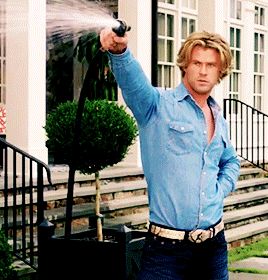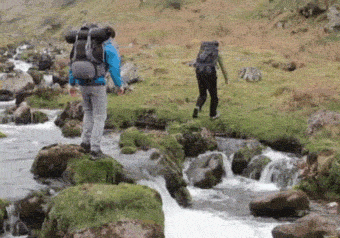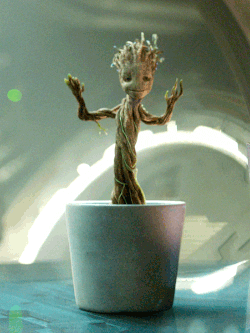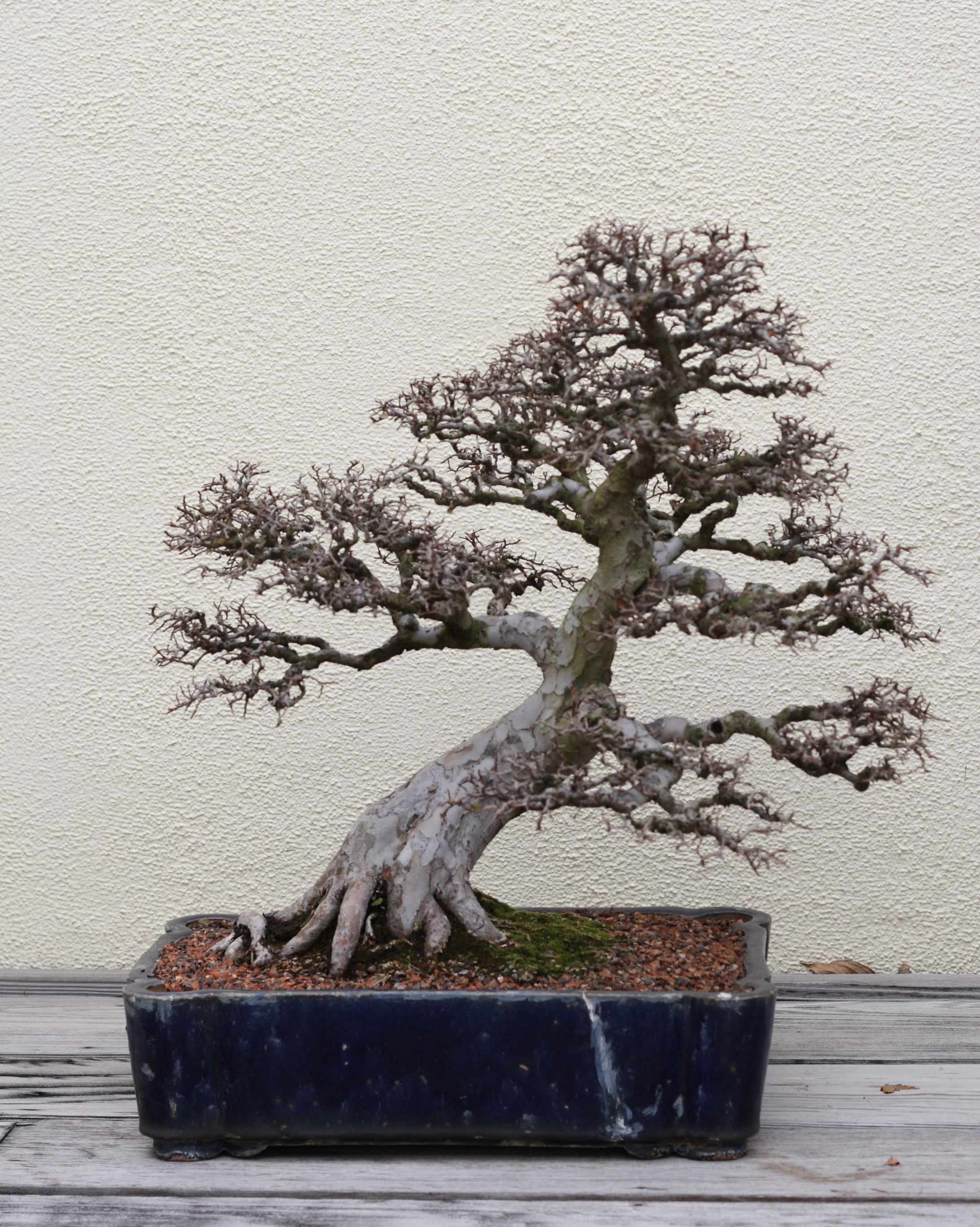Knowing what to do in each season can be overwhelming for new bonsai enthusiasts. Having a solid understanding of what your tree is doing in each season is vital to taking care of your tree. You can use this list as a general guide. Be sure to check that your tree species doesn’t require special care outside of these guidelines.
Spring

What we do when we finally see those buds swelling.
In Spring we get giddy because we have so many new activities that we couldn’t do in Winter. Much work to be done and more time to spend outside.

- Match pots with trees before repotting! Consider size, shape and overall look.
- Repot trees and protect them from strong winds and frost (Ideally as new leaf buds are about to break)
- Make sweet root cuttings from repotted trees if the species allows
- Collect previously marked yamadori
- Check local nurseries for the rare bonsai stock (Home Depot and Lowes have 1 year plant guarantees. Great for beginners learning to water and keep them alive…just saying)
- Transplant any trees from or to the ground for trunk development
- Wire trees that were not root pruned or repotted
- Prune any branches that were damaged by frost
- Stay on top of those clip-and-grow Boxwoods, Crape Myrtles, Chinese Elms, etc if you’re going that route
- Prepare any trees that will be exhibited later
- Check for pests and any potential diseases
- Document with photos and journals to be able to display changes over time
- Inspect trees in refinement frequently and keep branches trimmed back to ramify.
- Start air layers
Summer

Water like you know what you’re doing…
Summer may be free time for you teachers out there, but we’re getting work done. Plenty to do even though Spring has come and gone. As temperatures rise we need to keep an eye on our plants and their water needs.

- Keep an eye on your trees checking for water needs. Wind and high temperatures can dramatically increase the need for water.
- Check for pests and diseases.
- Defoliation can be done throughout Summer
- Document changes before with photos or journals
- Wiring and styling can be performed
- Check wiring from Spring on fast growing trees to make sure it isn’t cutting into branches
- Regularly fertilize and weed to prevent any nutrients to be taken from the tree
- Make sure any tree sitters are reliable and know how to water the trees
- Treat jinned branches with lime sulphur
- Switch to low nitrogen fertilizers near end of Summer
- Cut air layers that have rooted, and take cuttings in order to propagate more material to play with
Fall

Make sure your yamadori scouting trips don’t start with a fall.
The Fall colors of your trees will be worth the wait. Many people see Autumn as a time of resting in terms of bonsai work, but this is a vital and exciting time. Forgetting to fertilize would be a sad mistake.

- Take photos of your color changing trees so you don’t regret it later!
- Feed trees with low nitrogen (or no nitrogen) fertilizers.
- This is the most important time to fertilize, DON’T FORGET IT! 10-10-10 is better than no fertilizer if you don’t have low nitrogen fertilizer!
- Be vigilant in checking wire as trunks and branches will be thickening during this season.
- Remove excessive flowers and fruit to focus energy on growth.
- Keep trees clean by removing leaves to keep away unwanted diseases.
- Take hardwood cuttings and collect seeds.
- Sow seed that require stratification now.
- Make any preparations for Winter protection that you will need.
- Keep any eye on water retention in your soil mixes.
- In hotter areas this is a great time to hike and scout out more yamadori for Spring
Winter

“I am cuuuuuuuuuuute.”
The leafless trees have awakened! Fine ramification is finally able to be appreciated at it fullest. Take this time to prepare for the coming season, protect your trees so you have something to do in Spring, and restock on materials. Don’t forget about winter exhibitions!

- Protect fine branches as they are the least hardy.
- Depending on location, you can moves pots to the ground, mulch, cover, or bring trees inside to protect from Winter.
- Photograph and document trees.
- Take notes from any previous wiring, styling, or pruning that was done and see how improvements could be made.
- Correct any mistakes in styling that was carried out during the growing seasons.
- In early Winter prune back terminal buds to encourage bad-budding in the Spring.
- Prepare any trees for a Winter exhibition if you’ll be displaying trees.
- Purchase materials for upcoming season: wire, soil, pots, paste, etc.
- Get soil sifted and ready for repotting season.
- Clean pots, benches, tools (oil and sharpen), and finish any organization to help Spring activities run smoothly.
- Do not forget to water trees! They don’t need too much water, but can’t be forgotten.
- Leave trees in the sun if possible, they don’t photosynthesize, but the sun is still the best for them.
- Do not fertilize.
- More yamadori scouting, because who doesn’t want more trees?!
Desert Dwellers

Yes, this is how we feel about you people with plenty of species decisions to make…
For those of us in the hot desert climates that have wild ranges of highs and lows, I present to you the amazing resource of PhoenixBonsai.com. They have countless resources for us Mojave Desert enthusiasts, and we may or may not worship them…

To learn about specific species and their care head to my Bonsai Information page
